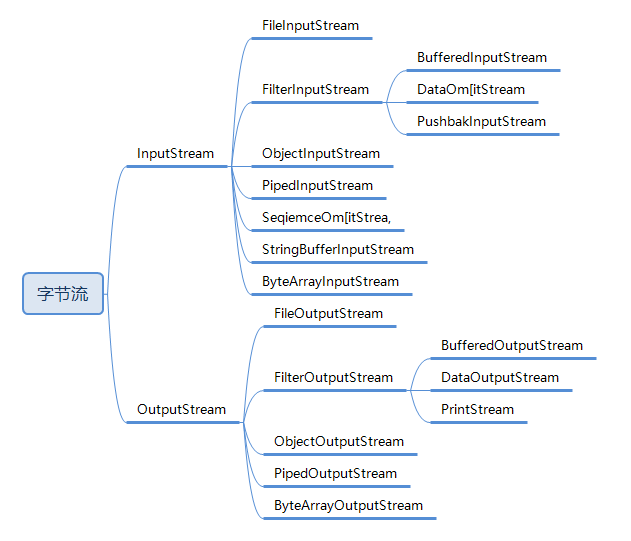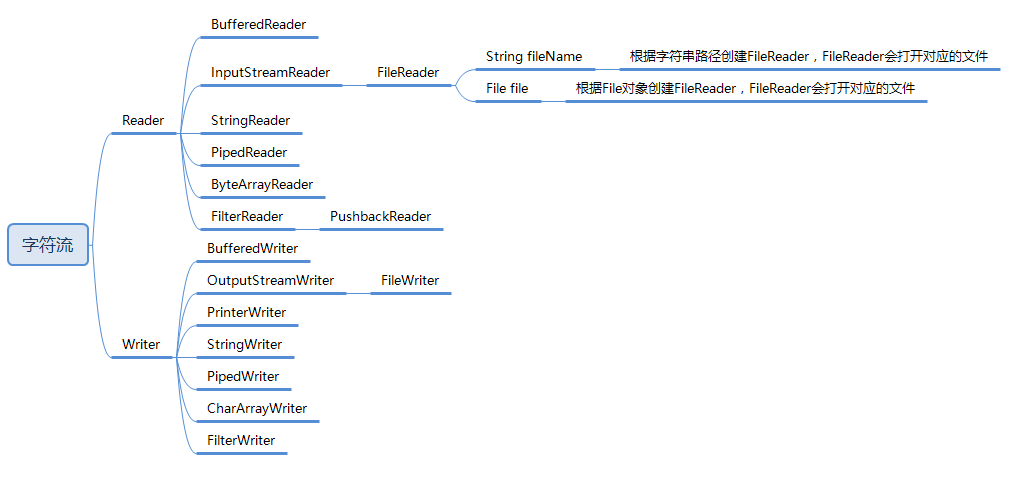Keeping Track of Elapsed Time in Python
refer to: http://www.techarticles.zeromu.net/programming/keeping-track-of-elapsed-time-in-python/
This article shows how to put a few lines of python code into your python script so you can tell how long the script has been running, or how long a certain part of the task took to run.
The Quick Answer: For the most accurrate time elapsed, use the time module and make 2 time.time() objects. The difference between these objects is the time elapsed. Do not use time.clock().
The Whole Story
Its pretty basic: I have certain parts of a large python script (that happen to access a MySQL database) that I would like to keep track of how long it took them to execute.
Wrong Answers
Initially, I read on a PLEAC-Python article, Dates and Times (which really is a great overview of Python’s time module), about some ways to use Python’s time module. That article suggests that all you need to do is:
?
1
2
3
4
5
6
7
8
9
10
11
#——————————————-
# High Resolution Timers
t1
=
time.clock()
# Do Stuff Here
t2
=
time.clock()
t2
-
t1
# 2.27236813618
# Accuracy will depend on platform and OS,
# but time.clock() uses the most accurate timer it can
For one of my projects, that worked fine. But then I had a bigger script that used a lot of MySQL via the Python module MySQLdb, and I would look at my script’s run time after leaving, and the times looked short… but not too short. Eventually after running a script that took a 7 hour sleep and then some to run — but the script reported only taking an hour or so — I knew something was wrong.
Only timing the work of Python?
It seemed as if using the time.clock() approach was only timing what Python (as opposed to MySQL?) was doing. I created this test script
?
1 2 3 4 5 6 7 8 9 10 11 12 13 14 | importtimeyearstart =time.clock()printyearstartforx inrange(0, 1000000): z =x +6yearend =time.clock()printyearendelapsed=yearend-yearstartmin=elapsed/60printelapsed, min |
And I didn’t find a problem, but my script still did. I was wanting to time an event of a known length, and so I found out about the time.sleep()function from the aforementioned article. I incorporated the sleep() function:
?
1 2 3 4 5 6 7 8 9 10 11 12 13 | importtimeyearstart =time.clock()printyearstarttime.sleep(3)yearend =time.clock()printyearendelapsed=yearend-yearstartmin=elapsed/60printelapsed, min |
and ran the script. You would expect to see 3 seconds as a result, or at least something close, but my output was:
0.030.030.0 0.0
That was funny (although I didn’t laugh) because yearend was not supposed to sample the clock() until after the sleep. I still don’t know why this does this, but it does. I am sure this has its uses, but this was not the use I was wanting.
Use time.time()
Still referencing the PLEAC-Python article, I tried using time.time(), which is supposed to just be the seconds since that day in 1970 and compared it to the time.clock() approach:
?
1 2 3 4 5 6 7 8 9 10 11 12 13 14 15 16 17 18 19 20 21 22 23 24 25 26 27 | importtimeyearstart =time.clock()printyearstarttime.sleep(3)yearend =time.clock()printyearendelapsed=yearend-yearstartmin=elapsed/60printelapsed, minyearstart =time.time()printyearstarttime.sleep(3)yearend =time.time()printyearendelapsed=yearend-yearstartmin=elapsed/60printelapsed, min |
And got the output:
0.030.030.0 0.01211338788.691211338791.693.00004386902 0.0500007311503
No Fluff Answer:
Read nothing else (on this page). This code will get you going:
?
1 2 3 4 5 6 7 8 9 10 11 12 13 14 | importtimestart =time.time()# whatever you want to time, put between these two statementsend =time.time()elapsed=end -start#if you want to convert to minutes, just dividemin=elapsed/60print“Your stuff took”, elapsed, “seconds to run, which is the same as”, min, “minutes” |
So, this works for me. I supose that time.clock() does not reference absolute time, which was a problem for me. Hope this helps, or at least saves you some head-scratching.



































还没有评论,来说两句吧...